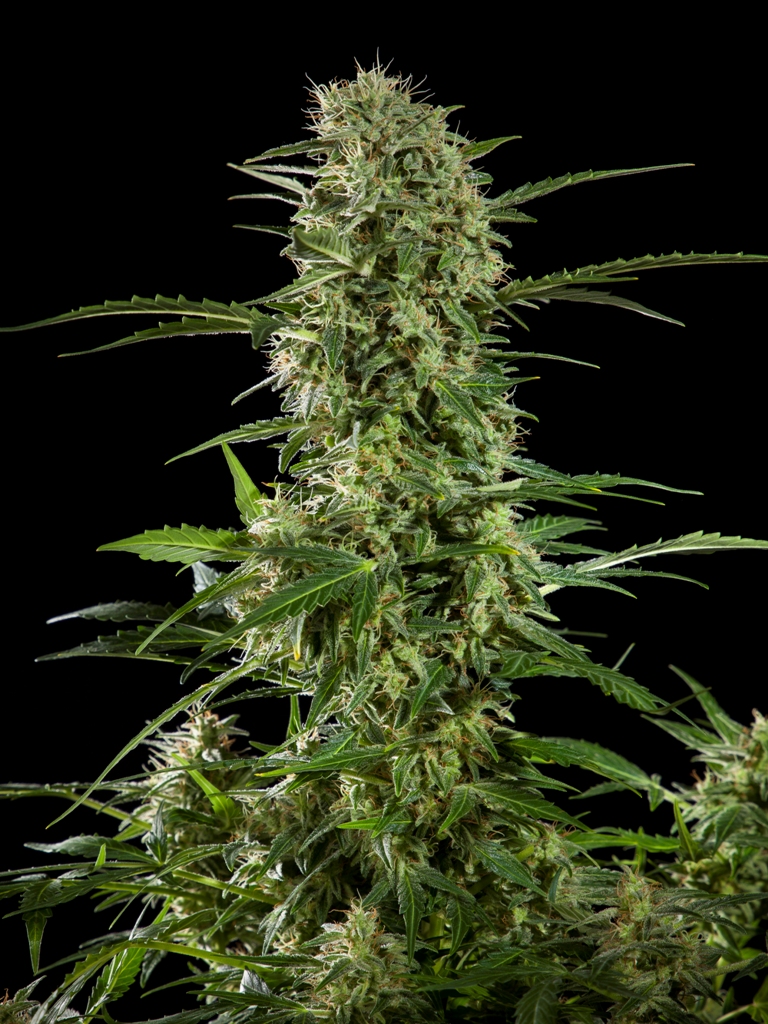Cannabis Ruderalis: what it is and how it revolutionised the seed market
List of contents
Every once in a while, the cannabis seed market undergoes a true revolution, such as the one that occurred at the end of the last millennium with feminised seeds, or like the appearance of a new type of non-photoperiod-dependent varieties, in other words, auto-flowering or automatic varieties.
The emergence of this new type of plants marked a before and after for many growers, over the years and through good breeding programs, they have greatly improved much of their cultivation characteristics. And we owe all this to the fact that, at some point, someone decided to use a type of genetics that until then had been "forgotten" by cannabis consumers: Ruderalis genetics. Today we tell you its story and how the incorporation of these new genes has changed the cannabis cultivation scene forever.
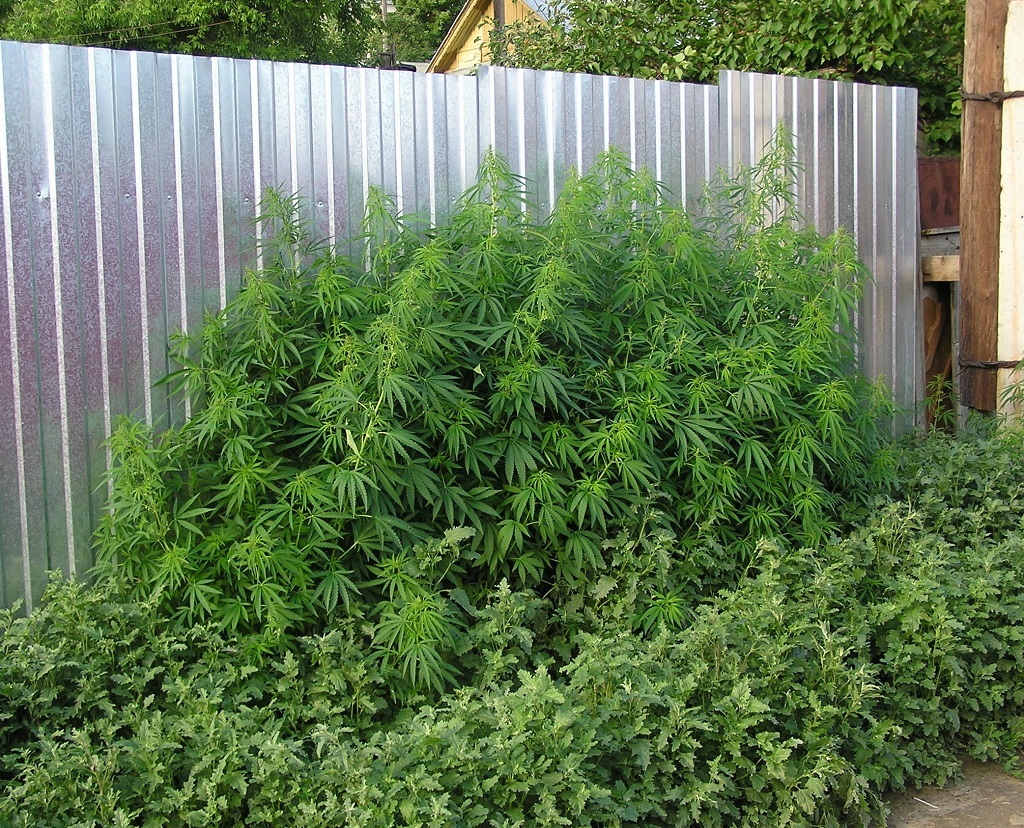
Origins of Cannabis Ruderalis
As we saw in our post on the Indica-Sativa debate, the issue of taxonomy in the different species (or should we say subspecies?) of cannabis is complicated and still open today, so in this article, we will only give a brief overview of the main discoveries in this regard.
It was the year 1753 when the Swedish biologist Carlos Linnaeus wrote the first biological description of the cannabis plant in his Species Plantarum, defining the species as Cannabis Sativa (it was what we know today as hemp, found in Europe). After a few decades, in 1785, the French naturalist Jean Baptiste Lamarck classified a second species found in India, which he called Cannabis Indica (rich in THC and spread throughout Southeast Asia, Europe and Africa).
Already in 1924, D. E. Janischewsky classified a third class of cannabis plants with some very curious characteristics, such as their high content of CBD, low in THC and, above all, their property of starting the flowering cycle regardless of the hours of darkness and light received. This new type of plant, coming from Russia (Siberia) and Eastern Europe, received the name Cannabis Ruderalis.
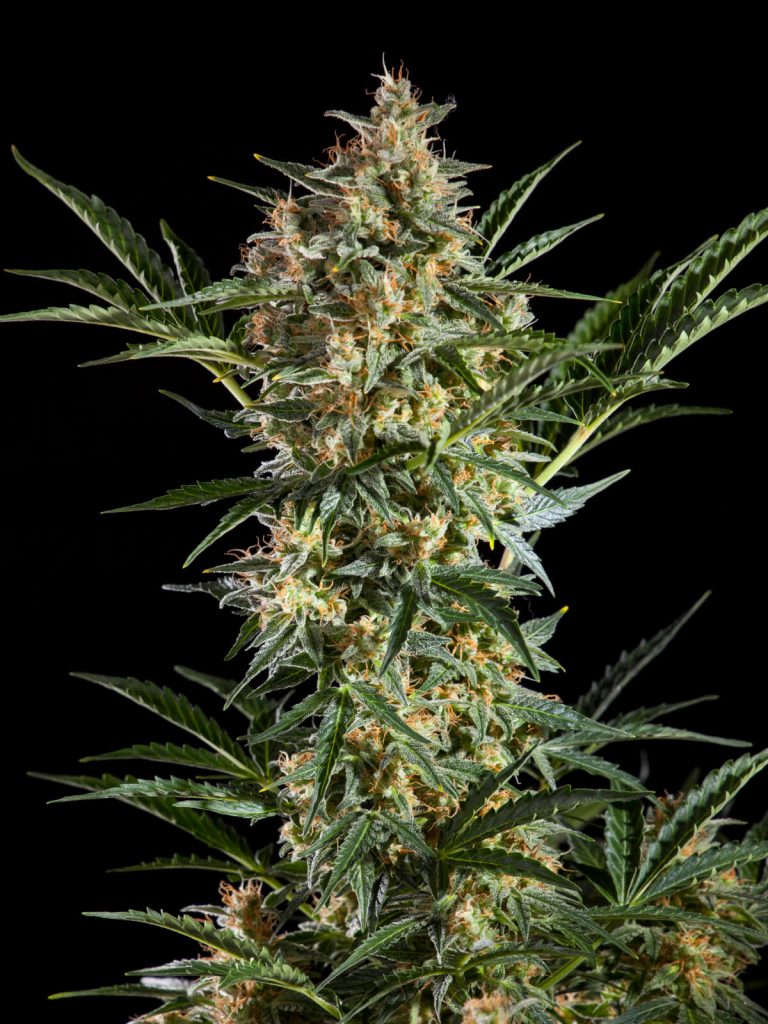
For decades, Cannabis Ruderalis remained "sidelined" by both medicinal and/or recreational users and the industry. However, at the end of the 20th century, some breeders were able to find interesting applications for this type of genetics in their projects, which ultimately led to a real revolution in the commercial cannabis seed market.
Characteristics of Cannabis Ruderalis
The name "Ruderalis" comes from the Latin term rūdera, which in turn is the plural expression for rūdus, meaning "rubble" or "ruins". In biology, it refers to wild plants that grow among residues or debris and that are the first to colonise land that has been altered in some way.
Broadly speaking, the main characteristics of Cannabis Ruderalis are the following:
- Small and compact plants
- Leaves with a hybrid appearance and somewhat separated from each other, with fewer leaflets
- A lower amount of resin in its flowers
- Less THC and a higher amount of CBD
- Ability to flower according to age and not according to the hours of light/darkness received
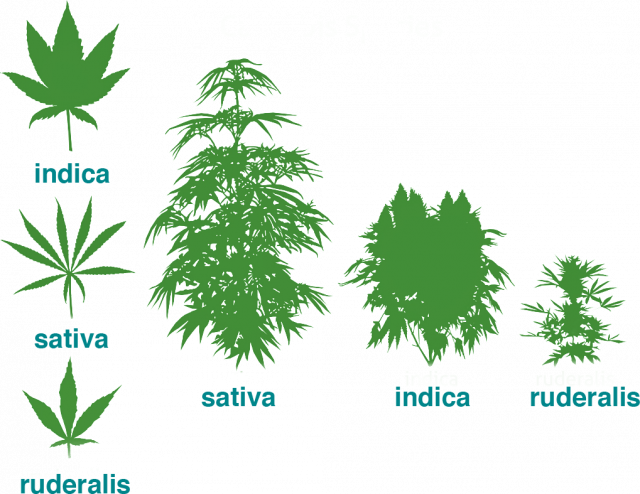
The first automatic cannabis plants
Indeed, it was not until well into the 20th century when the first commercial variety of autoflowering cannabis saw the light of the hand of a passionate Canadian breeder called The Joint Doctor. Raised on a farm, from a young age our protagonist showed interest and passion for plants, but also for weed, and in his last years of high school, he could already boast of having the best buds in the area, grown by himself.
Shortly after, and already in college, The Joint Doctor (TJD) began to grow cannabis in a small space in his bedroom. It was during this time that he realised that many growers needed plants adaptable to growing in small spaces, usually indoors; not all stoners have a farm and land where they can plant all the cannabis they need! After a while, a Mexican Rastafarian friend of TJD named Antonio gave him some seeds of a herb called Mexican Rudy. Our protagonist soon germinated them, because he knew that Antonio has been growing and collecting seeds for more than 30 years and his flowers rarely disappoint anyone.
Mexican Rudy turned out to be a compact, short-statured, fast-flowering plant, earlier than any strain TJD had grown before. Investigating a little more about it, he discovered that it was- probably - a cross between Ruderalis (hence the "Rudy" in its name) from Russia and a Mexican plant made during the 70s, either at the University of Mississippi or in Ottawa. Although not the most potent weed he had ever tasted, Mexican Rudy allowed its growers to enjoy gorgeous buds in the height of summer, at a time when the "traditional" strains hadn't even begun to flower. A huge advantage, no question!
True to his idea of obtaining new strains adaptable to indoor cultivation, compact, fast-flowering and powerful, TJD began his adventure by crossing Mexican Rudy with one of the stars of his garden, a Northern Lights #2 that he kept for its high production, power and short stature. The offspring of this first cross (as we now know) did not result in any autoflowering specimens, but TJD did observe that the plants were faster than his original NL #2. Being recessive, the autoflowering gene is not expressed in the first filial generation, something that TJD did not know at that time.
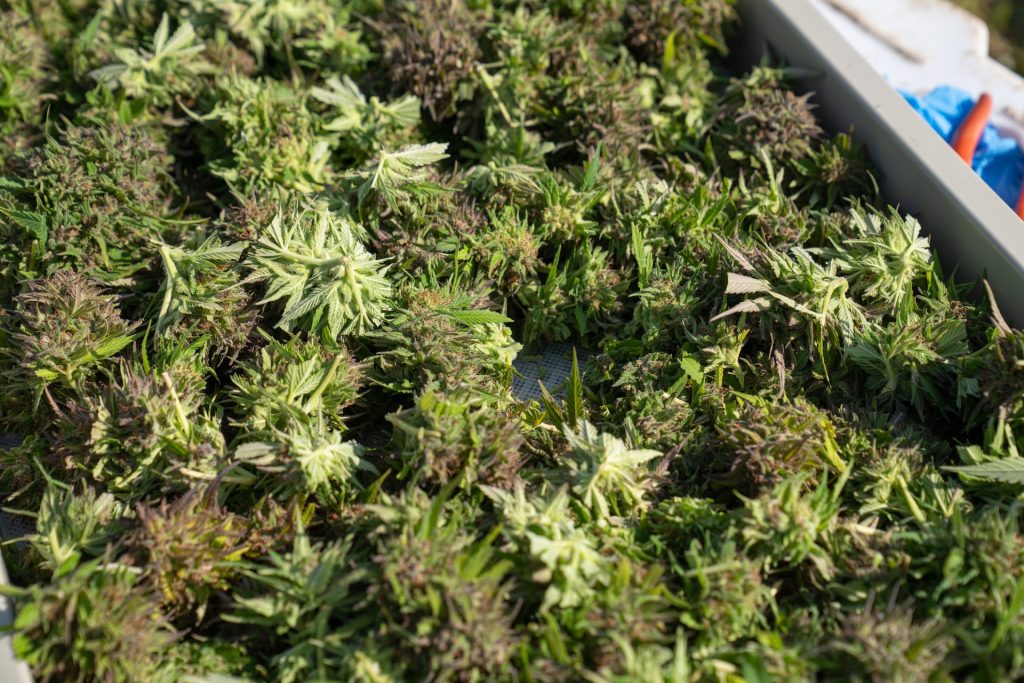
Far from being discouraged, TJD decided to cross some of the F1 seeds obtained from this first cross with another of his favourite plants, a magnificent William's Wonder. Imagine his surprise when the offspring of this second cross gave rise to plants that flowered even in the growth photoperiod! The recessive gene was back in the equation, and luckily TJD kept seeds from all the plants involved, so he was able to stabilise the autoflowering gene in his project. The pillars of the legendary Lowryder cannabis strain had just been founded, the first 100% automatic variety to appear on the market. Fun note: the strain's name comes from TJD's favourite car magazine, Lowrider, naming it during a morning reading session on his "porcelain throne." We can definitely identity with that.
The autoflowering revolution
Since the first tentative appearance of Lowryder on the market, things have changed a lot in the panorama of autoflowering or automatic marijuana varieties. Little by little, the general public woke up to the enormous advantages that this type of seeds represented for many growers. Something that, logically, did not go unnoticed by breeders, producers and seed banks, who soon wanted to also offer varieties with this interesting characteristic in their catalogues.
Thus, we were soon able to enjoy better automatic varieties, which in turn replaced the first used (such as Lowryder) for the creation of new and more powerful autos. Over time, even large auto varieties have been developed, sometimes even larger than other photoperiod-dependent plants, giving rise to truly productive plants with the autoflowering gene. At last, growers who wanted to grow 2, 3 or even 4 crops a year were able to do it from seed, and those who had a garden or balcony with a lot of light pollution could satisfy their growing desires without any problem.
Finally, Ruderalis genetics have also allowed breeders to create faster versions of other varieties, taking advantage of that first filial generation that is born from the cross between a photodependent plant and an auto. This results in versions that remain very faithful to the original photodependent mother, but that reduce their flowering period between 1 and 2 weeks when crossed with an automatic variety.
Frequent doubts about growing Autoflowering Cannabis
Cultivating autoflowering marijuana genetics is much simpler than you can imagine if you follow a few basic rules. In this article you can resolve your doubts and enjoy several abundant and high quality cannabis harvests throughout the outdoor growing season. Let us explain it to you.
Advantages of using Cannabis Ruderalis
We have already seen some of the advantages that growing this type of strain provides, although these are not the only reasons to grow plants with Ruderalis genetics or introduce it into breeding projects. Let's see some more:
- Non-photodependent plants: they do not need a specific photoperiod or total darkness at night to flower (they can be grown in areas that are illuminated at night)
- They grow for 3-4 weeks and then start flowering automatically
- Small and compact size, fits anywhere
- They usually need less water than photodependent varieties
- They are very resistant to pests and inclement weather (especially at low temperatures)
Autoflowering Cannabis Strains
Finally, we leave you a list of some of our automatic genetics, some of them rich in THC and others in CBD. We hope you enjoy them!
- Cherry Punch Auto
- Gorilla Glue Auto
- Purple Sunset Auto
- Banana Zkittlez Auto
- Lemon Auto CBD
- Cheesy Auto CBD
As always, we invite you to leave us your questions or comments, including your favourite cultivation tips with this type of variety. We will be happy to answer them.
Happy crops!
----------------------------------
References:
- Cannabis sativa and Cannabis indica versus “Sativa” and “Indica”, John McPartland
- Models of Cannabis Taxonomy, Cultural Bias, and Conflicts between Scientific and Vernacular Names, John McPartland, Geoffrey W Guy
- Cannabis Systematics at the Levels of Family, Genus, and Species, John McPartland
